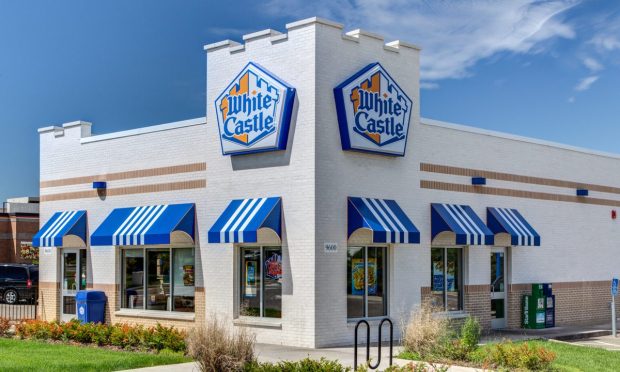White Castle to Add AI-Ordering to More Than 100 Drive-Thrus

Fast-food chain White Castle is set to expand the use of artificial intelligence (AI)-powered ordering.
The restaurant had already been offering that capability at some of its locations through a partnership with AI company SoundHound, but it has agreed to expand the tech to more than 100 White Castles by the end of next year, SoundHound said in a Wednesday (Aug. 2) news release.
“Unlike other available options, SoundHound’s technology is based on complete end-to-end AI, and is not a human-assisted system,” the release said. “That means it relies entirely upon intelligent automation to deliver a fast, accurate, scalable and consistent service right across locations and channels (including kiosk, phone and other devices).”
The expanded partnership is happening as restaurants are increasing their use of AI and robots to meet ongoing labor challenges.
Research cited in PYMNTS’ “B2B and Digital Payments Tracker: Inflation Puts Technology on the Menu for Restaurants,” showed that 78% of restaurant operators do not have enough staff to support customer demand.
Against that backdrop, fast-casual chain Sweetgreen is automating the makeline with its “Infinite Kitchens,” while Chipotle founder and former CEO Steve Ells is reportedly getting into the robotic restaurant space.
Other fast-food chains are going the White Castle route, with Wendy’s and Del Taco using conversational AI to automate drive-thru order-taking.
In an interview with PYMNTS’ Karen Webster posted in April , Krishna Gupta, interim CEO of drive-thru automation tech company Presto, said voice AI use in the drive-thrus “is evolving quickly” and offering restaurant chains dealing with labor shortages and classic drive-thru snags a better way to work.
PYMNTS also spoke earlier this year with Keyvan Mohajer, CEO and co-founder of SoundHound, about the broader uses of AI.
“[When voice AI first started] consumers wanted to have those sci-fi-style, open-ended conversations [with robots], and many were disappointed because the tools at that time could only play music, set timers, tell you the weather,” he told Webster, adding that these limited “utility occasions” caused consumers to curb their expectations around voice AI applications.
But as digital tools continue to evolve, voice AI solutions can provide consumers with the first glimpses of a truly open-ended conversational experience.

